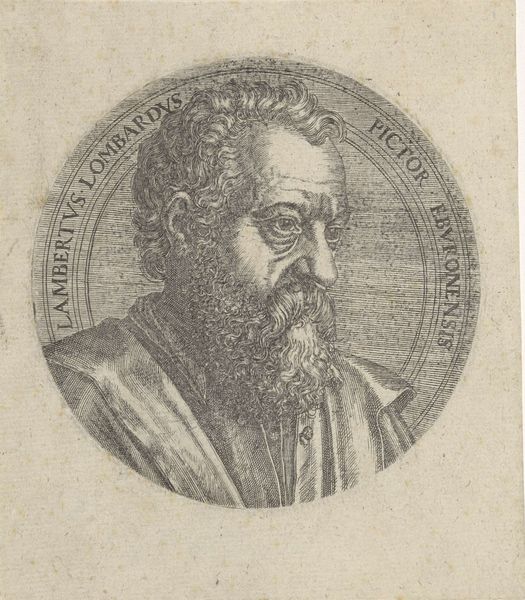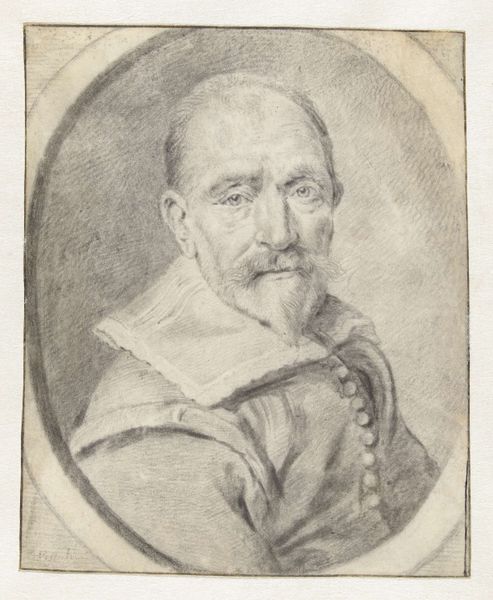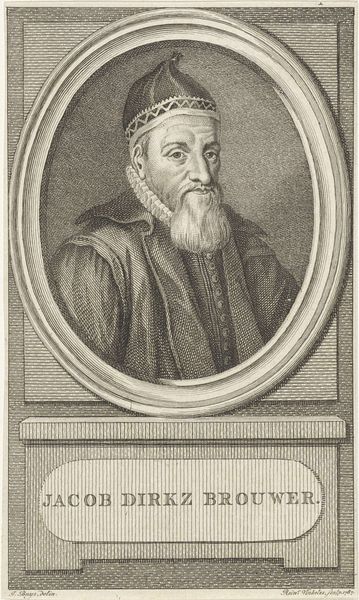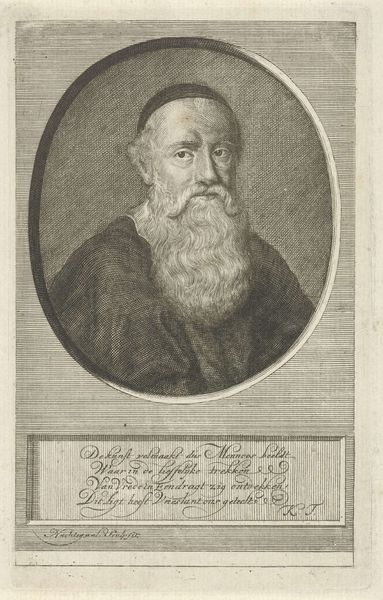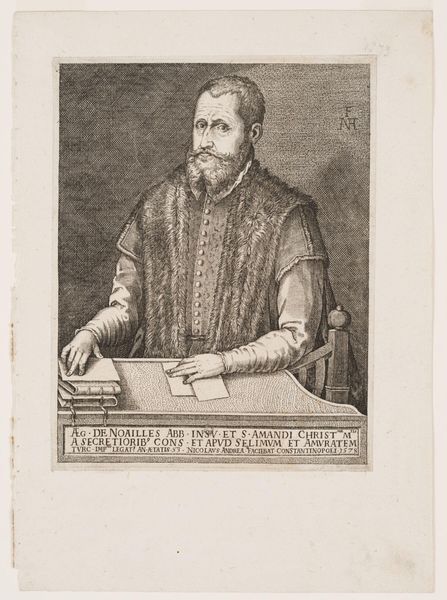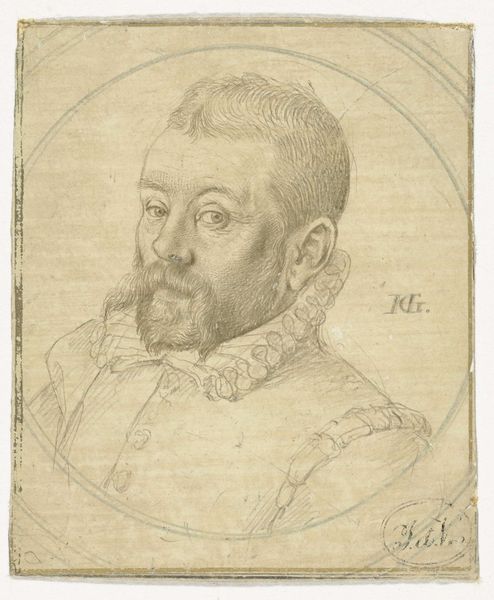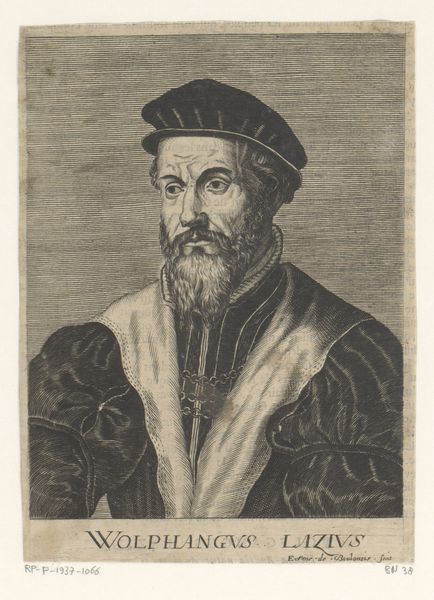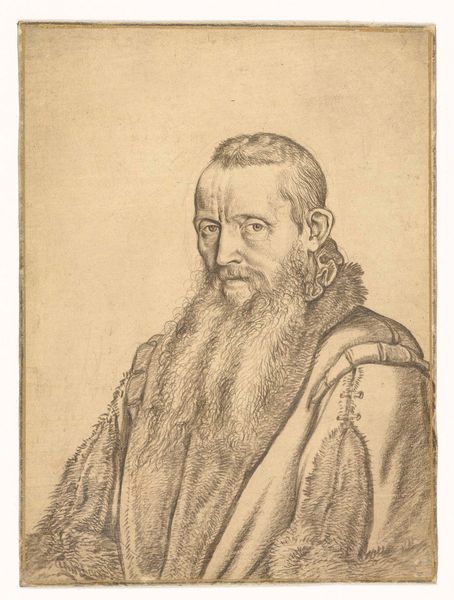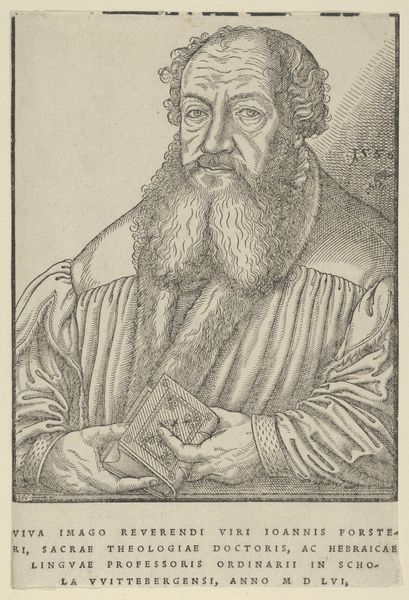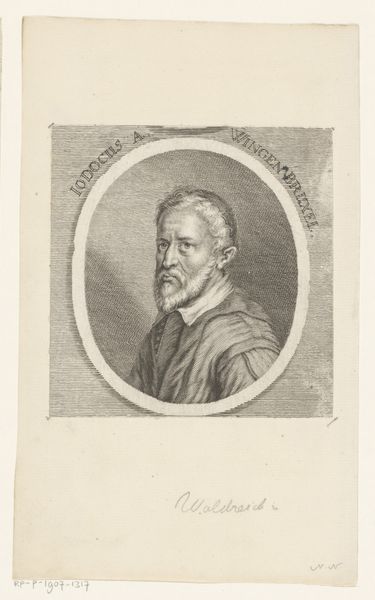
drawing, pencil
#
portrait
#
pencil drawn
#
drawing
#
charcoal drawing
#
11_renaissance
#
pencil drawing
#
pencil
#
portrait drawing
#
italian-renaissance
Dimensions: height 175 mm, width 135 mm
Copyright: Rijks Museum: Open Domain
Curator: Looking at this image, I am instantly reminded of a quiet storm; you know, a kind of muted drama. It’s not bombastic but carries this…intensity. Editor: What catches my eye is its inherent gaze; the way portraiture in the Italian Renaissance was used as an indexical tool for preserving social status and lineage. This intriguing piece in front of us, housed at the Rijksmuseum, goes by the title "Portret van Maerten van Heemskerck.” Made circa 1574-1579, it's a pencil drawing from an anonymous hand. Curator: Hmm, I pick up something deeper here—a melancholic strain maybe? Look at the detail around the eyes. There’s weariness or pensiveness nestled there. Given his prominent status in the 16th century as a successful painter and printmaker from Haarlem, his depiction might hint towards existential burdens often entwined with social prominence. Editor: I see your point and the angle is persuasive! The artistic decision to use such intimate strokes suggests more than just representation; It's also about interrogating internal subjectivity! Curator: Indeed! How this artistic choice echoes sentiments prevalent during the Dutch Revolt is really crucial here. Perhaps depicting Maerten van Heemskerck amidst this period of great political turmoil echoes themes prevalent among intellectuals living through this chaotic chapter—reflecting disillusionment within their broader socio-political climate. Editor: Right! Also, one shouldn't ignore subtle nuances concerning gender either; Considering normative masculinity portrayed through images historically emphasized strength through virility which potentially served specific political goals that reinforced certain power structures; whereas displaying intellectual contemplation might challenge orthodox viewpoints that upheld solely ‘masculine’ behavioral models? Curator: An interesting reading—shifting our gaze from established patriarchal standards opens interesting avenues to probe these artworks. Makes us wonder how much further reinterpretations could disrupt embedded societal narratives even further! What's your overall sentiment here? Editor: Profound portraiture like these transcends simple depiction—inviting reflection about shifting personal circumstances during uncertain epochs of societal evolution. And for you? Curator: Art serves best not just through representation but through reflection. And that makes pieces like “Portret van Maerten van Heemskerck,” remain utterly necessary.
Comments
No comments
Be the first to comment and join the conversation on the ultimate creative platform.


